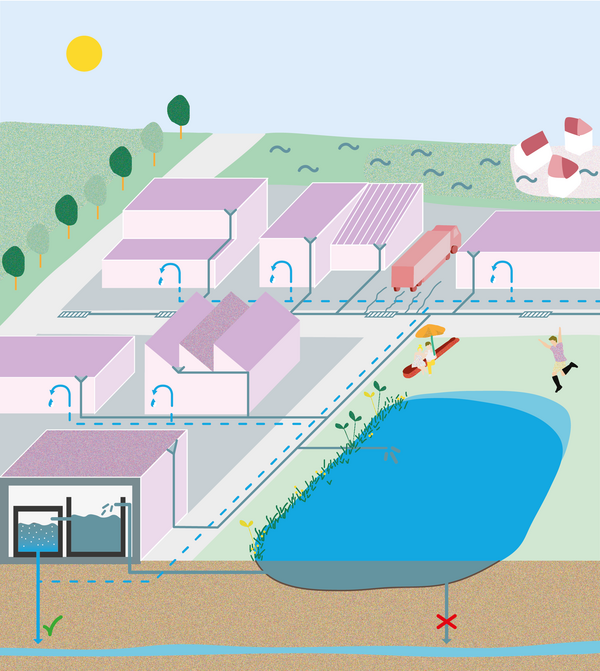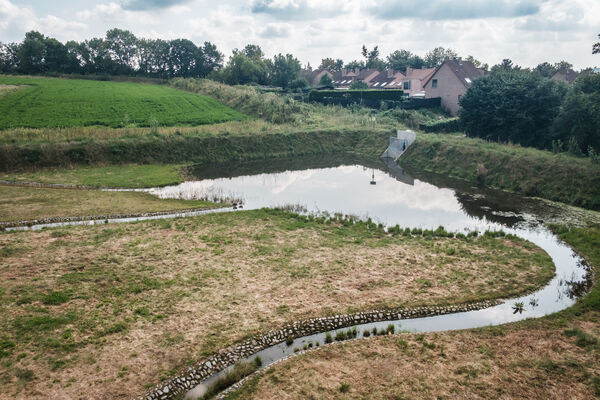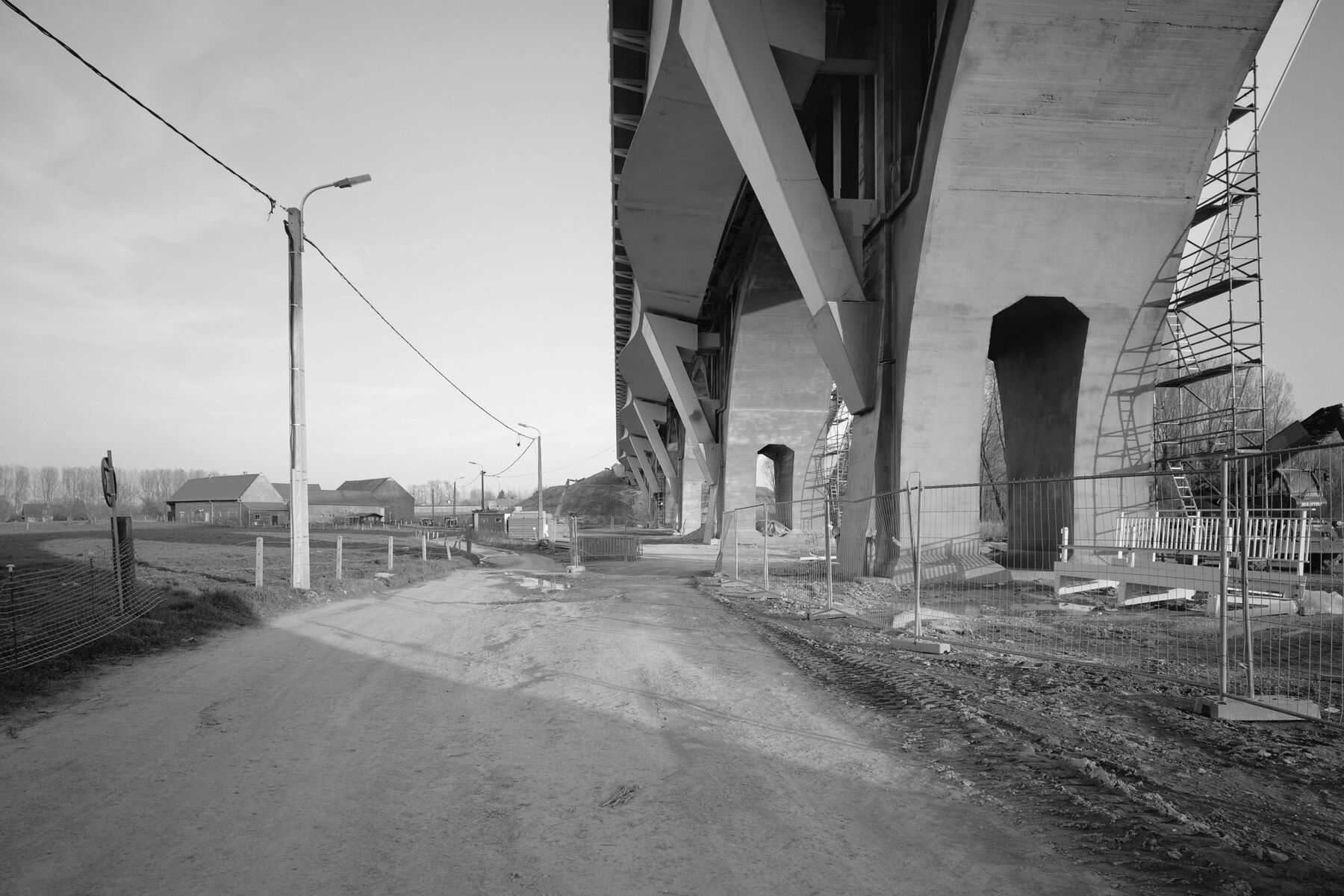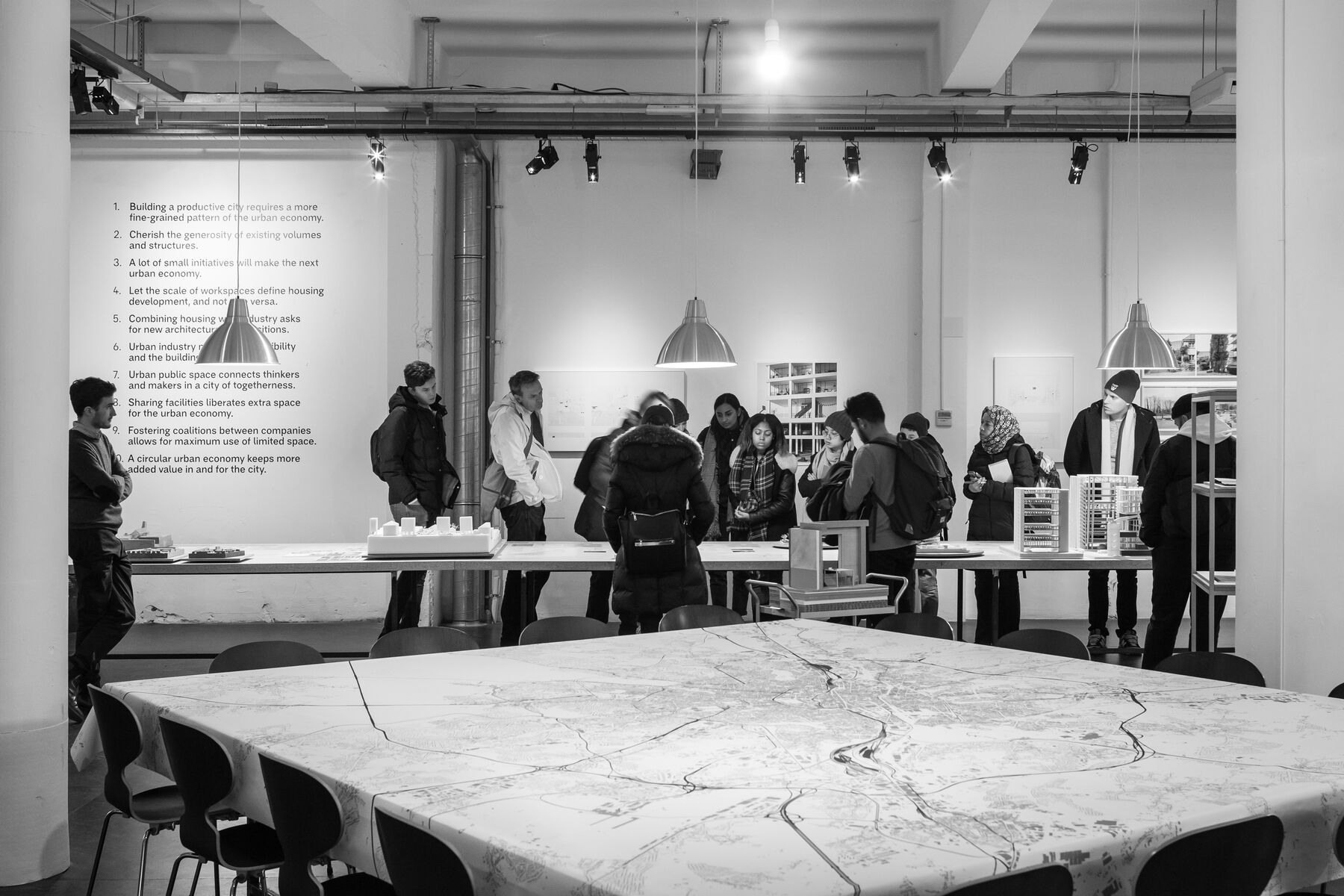Our summers are increasingly plagued by prolonged periods of drought. This will only intensify with climate change. It means that by 2100, we will have an average of 64 dry days. Today, the average is 18 days. How can we ensure that we have enough water, now and in the future, to cope with these periods of drought? To answer this question, the Drought Test Sites programme was set up in 2019 as part of the Open Space Platform. The four calls from 2019 to 2022, resulted in 31 Test Sites subsidised by the Flanders Environment Agency (VMM) to test new collaborations and innovative techniques related to water collection, buffering and reuse. These Test Sites allow us to learn lessons, which are then disseminated to bring about wider change.
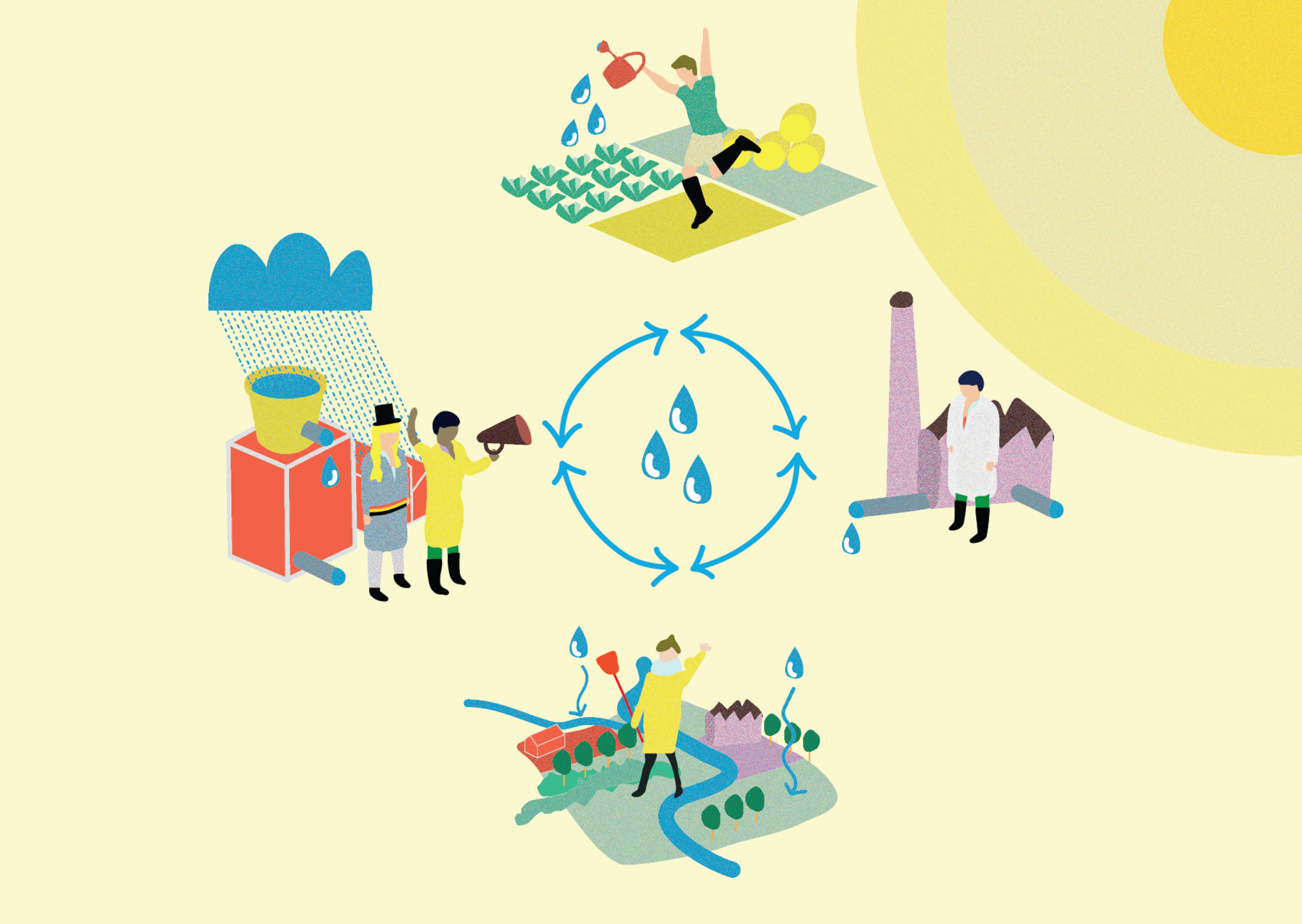
Increasing water scarcity is having a major impact on our society. Soil desiccation is putting pressure on farmers' harvests. The processes used by water-intensive companies suffer when the water resources they have constructed begin to dwindle. Rivers and streams are drying up resulting in a dramatic decrease in water quality. This has a negative impact on biodiversity. In the built environment, heat is increasing due to the lack of water. At the same time, there is a lot of rainfall, which often causes flooding, during the wetter months of the year. And it is hard to believe during this period that we are desperate for water in the summer.
The 'Drought Test Sites' programme emerged from this problem definition. How can we collectively capture, retain and reuse more water to improve our water supply during periods of drought? Can we balance supply and demand in the long term? There is a need for projects seeking innovative methods and collaborations around the water issue. Four calls related to Drought Test Sites from 2019 to 2022, aimed at seeking new cooperation partnerships between farmers, industry, developers and public actors willing to look beyond their boundaries and exchange water, often through innovative techniques. The Test Sites selected by the jury were awarded a grant from the Flanders Environment Agency to implement their projects.
Currently, experiments are underway at 31 Test Sites. The Test Sites are clustered base on their design. This ranges from jointly collecting and redistributing rainwater to treating and using process and wastewater. In turn, other projects are looking for ways to manage water sustainably in new residential areas or to use surplus water for agriculture and horticulture. Ways of using treated wastewater from sewage treatment plants are also being explored. Finally, several sports grounds are looking for sustainable methods of irrigation.
The Test Sites serve as pioneers for wider change. There are meetings organised for exchanging knowledge, field visits and a six-monthly report; lessons on obstacles and opportunities are gathered and shared. Test Sites can help each other, but they also serve as inspiration for new initiatives, or as examples for implementing policy adjustments.
Architecture Workroom Brussels' role in the Open Space Platform meant that we co-founded the Drought Test Sites Programme. We helped set out the guidelines for the calls and supervised the selection of the projects submitted. This was done in cooperation with the programme team, consisting of the Flanders Environment Agency (VMM), the Flemish Land Agency (VLM), Department of the Environment, Flanders Innovation & Entrepreneurship (VLAIO) and Participation Company Flanders (PMV). We also ensured thematic clustering of the Test Sites, linked lessons, opportunities and obstacles to them and helped organise opportunities for knowledge exchange.
